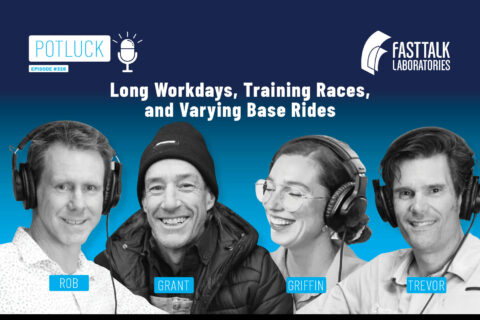
Potluck: Long Workdays, Training Races, and Varying Base Rides
Our hosts bring their questions on working out at the end of a long day, how to manage when training races are too easy, and if base ride intensities should be varied.
Periodization, polarized training, interval workouts—your performance depends on how you train. Master the key training concepts in endurance sports and you will look at every workout with new eyes.

Our hosts bring their questions on working out at the end of a long day, how to manage when training races are too easy, and if base ride intensities should be varied.
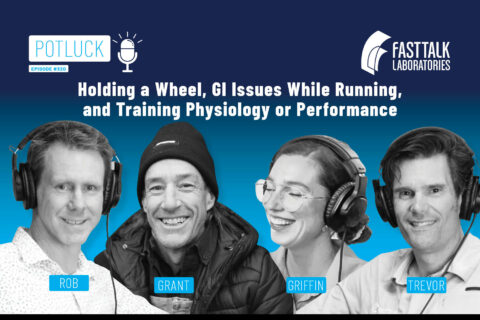
In this potluck we discuss what to do when you’re struggling to hang on to a wheel, what the overall goal of training should be, and how to handle needing to poop during a long running event.
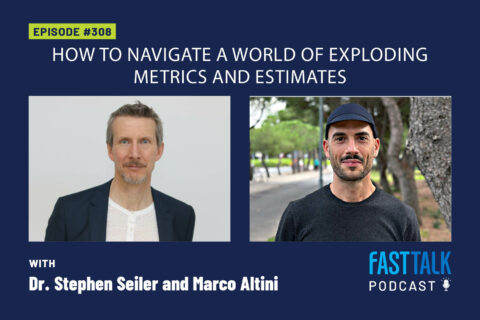
The number of, well, numbers we track during training is exploding, but they’re not all made equal. Some represent actual measurements while others are just estimates. We discuss the implications.
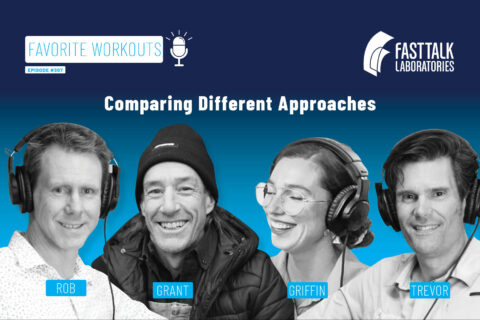
All-star guests like Dr. Stephen Seiler, Frank Overton, and Sonya Looney share their favorite cycling workouts and how they fit into different training styles.

Lately, the Norwegian method for endurance training has the world abuzz. In reality, its core tenets have been around for decades.
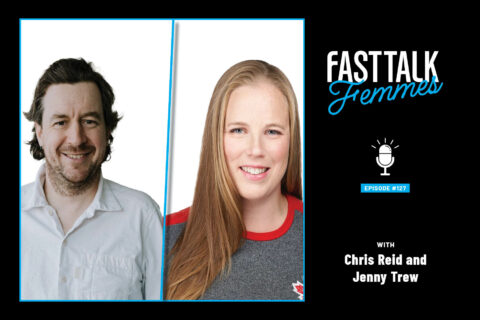
Explore the intricacies of cycling excellence as former Cycling Canada Endurance Track Coach Jenny Trew and Mattamy National Cycling Center Director Chris Reid divulge insights on effective training groups, developmental ecosystems, and fostering a culture of excellence.
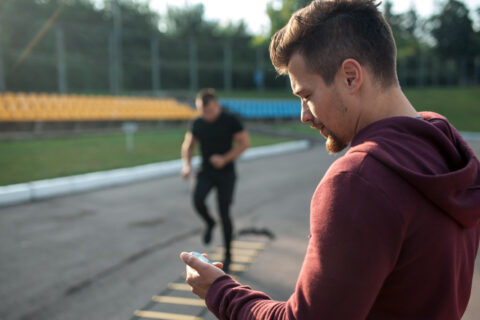
Over a century of training and racing, coaches and athletes have continually experimented with the balance of volume and intensity. Today’s best practices look to maximize both a high volume of training and a small but potent dose of high-intensity work.

The timely combination of running facilities and stopwatches gave running a leg up on other endurance sports, inviting more structured training and innovation.
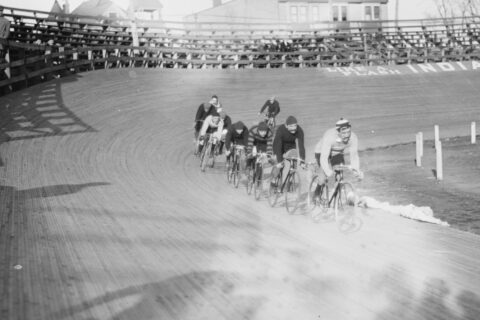
The early European cycling scene was convinced that more miles and more racing made champions. By the 1980s, a new generation of pros was redefining the goal and the roadmap to get there.
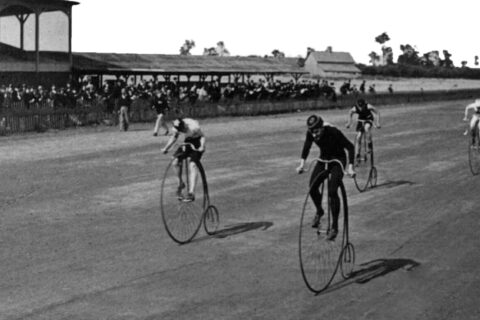
Coach Joe Friel recounts the relatively short history of endurance sports to identify the athletes and coaches that influenced how we train and race today.
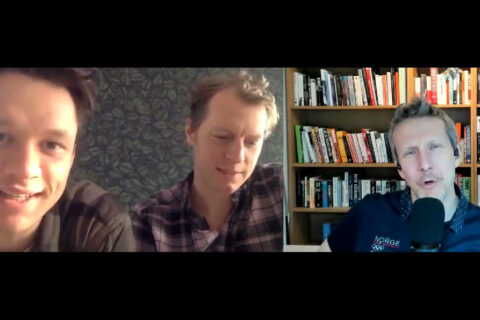
Dr. Stephen Seiler interviews two-time Olympic speedskating champion Nils van der Poel and his coach, Johan Röjler.
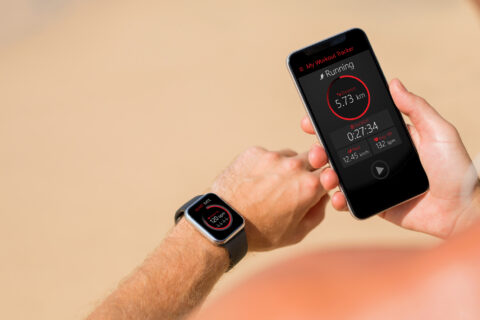
While many athletes and coaches rely on TrainingPeaks to analyze and archive their training data, there are several other notable programs worth considering.
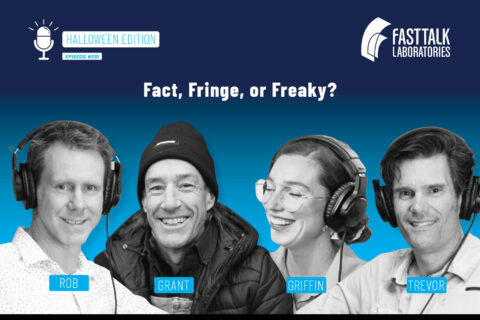
We dive into blood flow restriction, anti-aging supplements, post-activation potentiation, and the potential fringe training benefits you may never have even heard of.

Athletes who want to train and compete in multiple sports require a different approach to training, and to have their expectations managed.
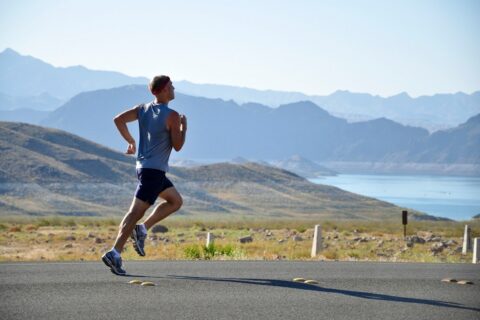
With more large wildfires appearing around the world in recent years, many endurance athletes wonder where and how to draw the line with training outdoors during poor air quality.
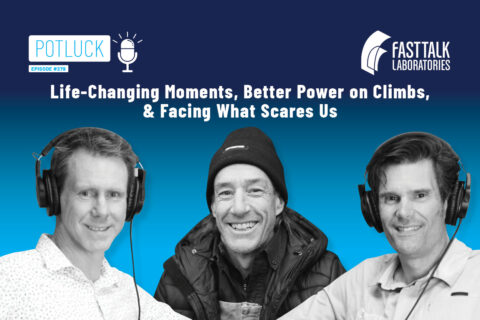
We discuss an eclectic group of odd, challenging, and humorous training topics in this week’s Potluck.
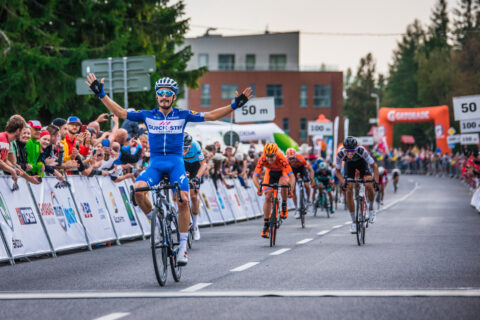
Dr. Seiler surveys the history of sports training and Esports. Learn more about how modern sport has evolved into what it is today.
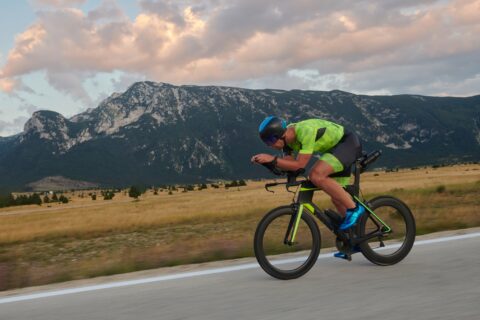
See how to match the right high-intensity interval strategy to you and your event to achieve your best possible performance.